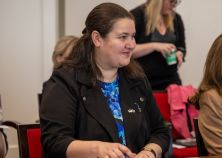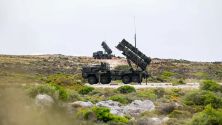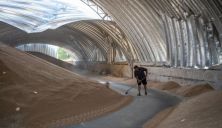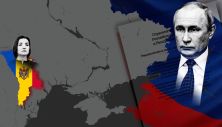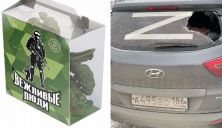“This format provides open access to research institutes for all citizens. Scientists put their microscopes in the corridors and anyone can look into them,” Anton Stenenko, a researcher at the Institute of Physics at the Ukrainian National Academy of Sciences said.
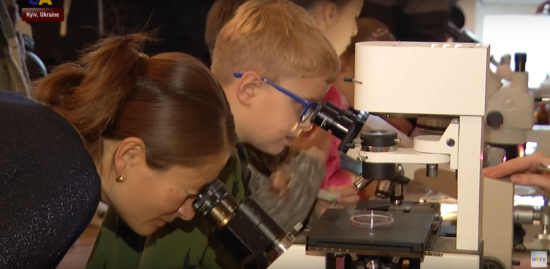
The Science Days in Ukraine event was held for the sixth time. It gathers hundreds of science demonstrators and tens of thousands of visitors. The events’ initiators were young scientists of the National Academy of Sciences.
“We understood the necessity to popularize critical thinking among the population. Science is the only branch of humanity that truly involves critical thinking,” Science Days in Ukraine Coordinator Serhiy Honcharov said.
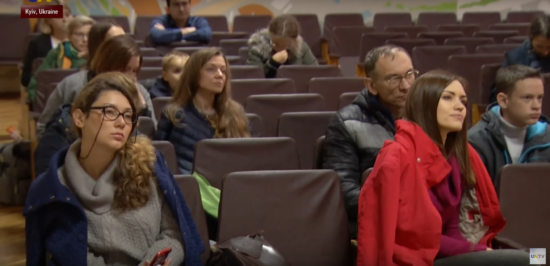
Adults and children came to learn the world of science. Everyone could listen to lectures on scientific achievements as well as have the chance to speak with scientists.
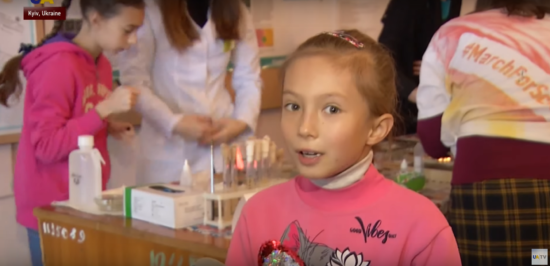
One of those children, 7-year-old Olivia got interested in bacteria.
“We made microorganisms in a jar. Now they need to be put in a warm place and we will grow the same white dots. It can help us make kefir,” Olivia said.
It was very crowded near the microscopes. Everyone was interested in looking at human cells grown by scientists at the institute, as well as paramecium, caudatum, and daphnia – microscopic crustaceans.
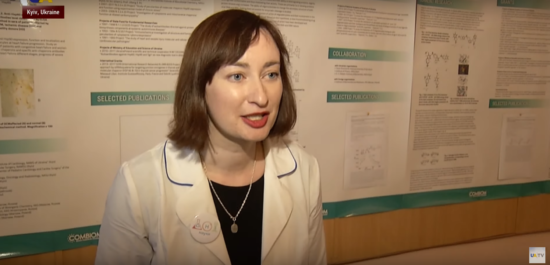
“The institute staff likes to work with daphnia, as they are indicators of water quality, and are very sensitive to toxins,” Institute of Molecular Biology and Genetics Researcher Viktoriia Kosach said.
Scientists carried out interesting experiments. They created molecules that can change under the influence of light and show antimicrobial activity.
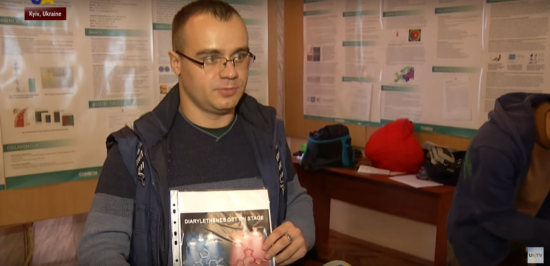
“In the future, we plan to use this principle for substances that have anti-cancer activity to manage the treatment process,” Institute of High Technologies Researcher Oleksandr Tsuvariov said.
This year, scientific institutions and museums from Kyiv, Ivano-Frankivsk, Zhytomyr and, for the first time, Zaporizhzhia took part in the large-scale project. In total, 15 cities have joined the initiative over the past six years.


